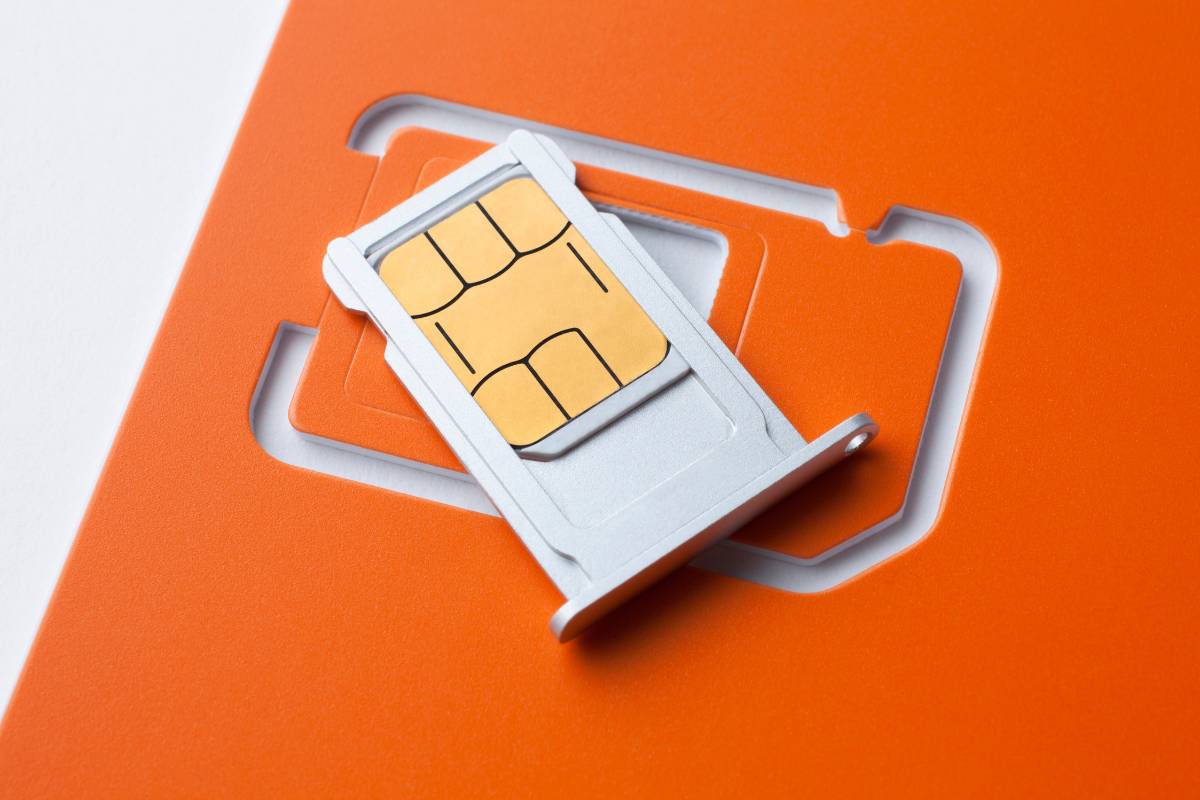SIM shifting often goes undetected in light of the increasing risks of phishing, malware and ransomware attacks. By this we mean cyber criminals who obtain a clone of your mobile SIM card and use it to bypass two-factor authentication, allowing them to access your personal financial information. Your SIM card, which can be obtained through imitation, is the first thing a cybercriminal needs to make the SIM card work. All they need is the victim’s personal information such as their full name, ID, phone number, etc. to get their hands on a replica of the victim’s card.
If the mobile operator does not pay attention to verify the identification of the user to whom the original SIM card was issued, it can quite easily impersonate the victim. If safety precautions are not taken when getting a new SIM card, it will be very easy for someone who wants to hurt you to do so. Therefore, after obtaining a duplicate SIM card, a cybercriminal puts it in another device. This allows them to access all information on the victim’s original SIM card, including call and message history. Even if you think that only you can access the OTP needed for a bank transaction or wire transfer, you’re wrong.
How to stay safe from SIM swapping
1. The most crucial thing to remember is to see if your cell signal has been lost. When a second SIM card is added, the victim’s SIM card loses all mobile signal as it can no longer connect to the network and cannot be used to make calls or text.
2. When providing personal information to a website, you must be extremely careful. Try to avoid or limit the use of your personal information on any website.
3. Make sure a website is safe and reliable before entering any personal information on it.

